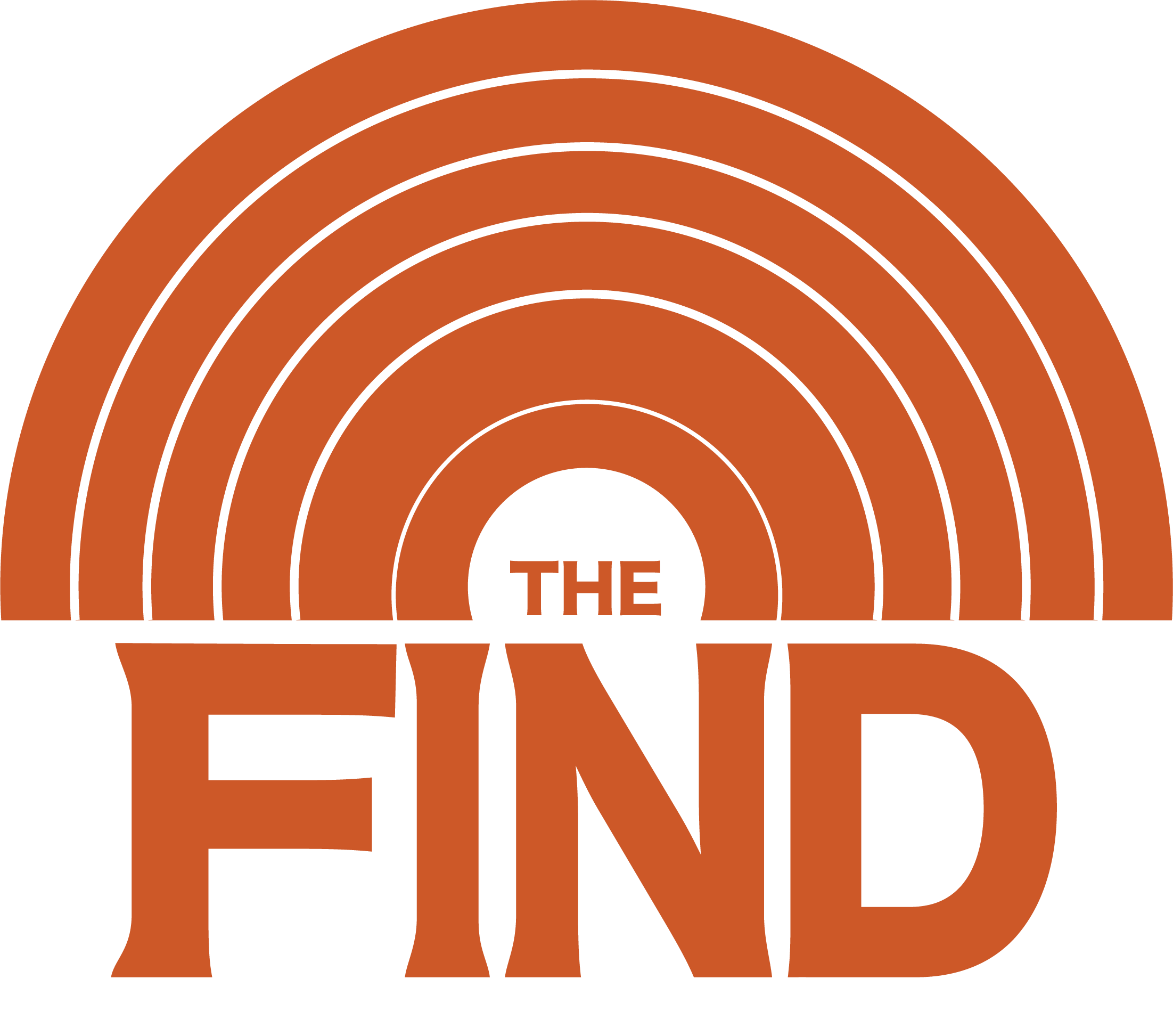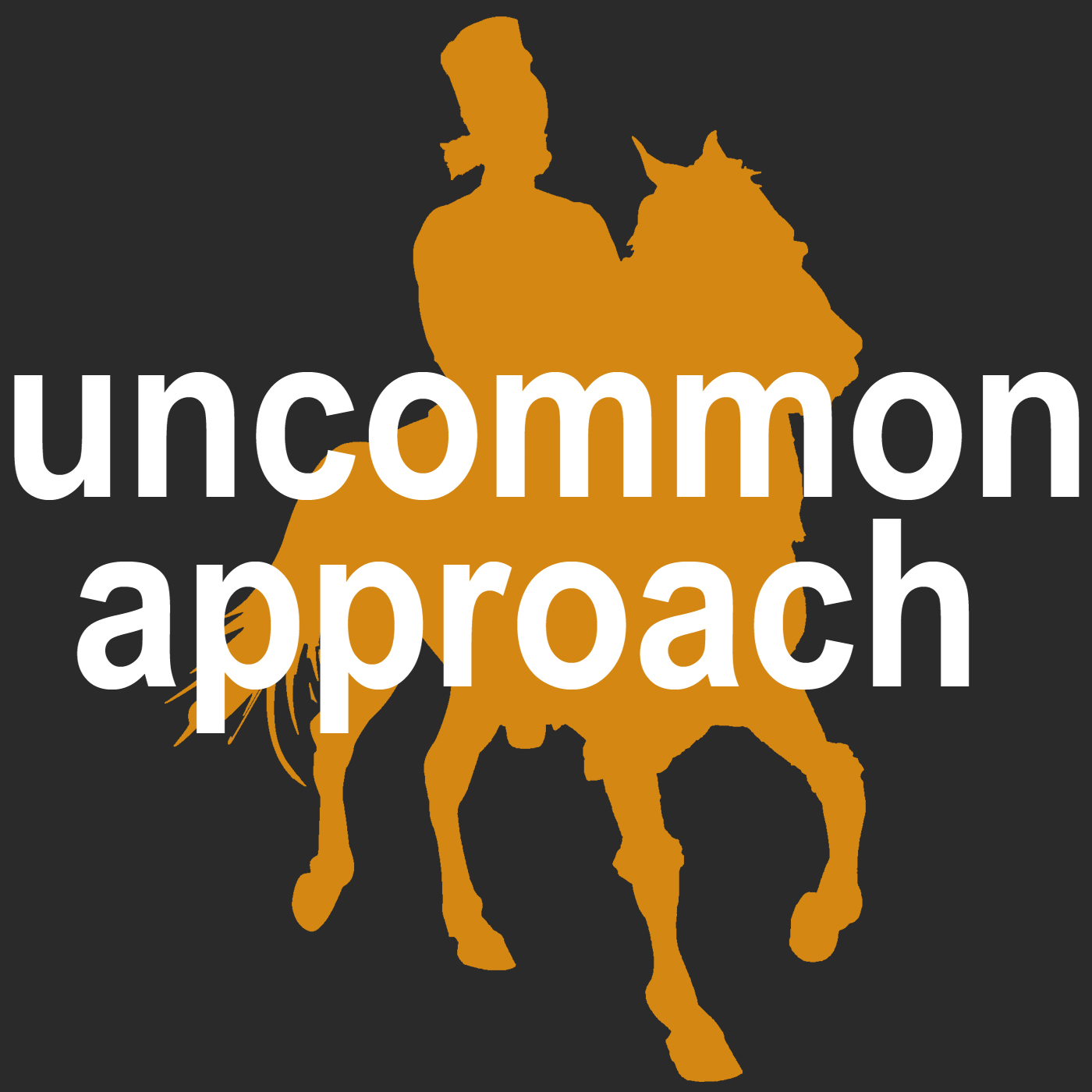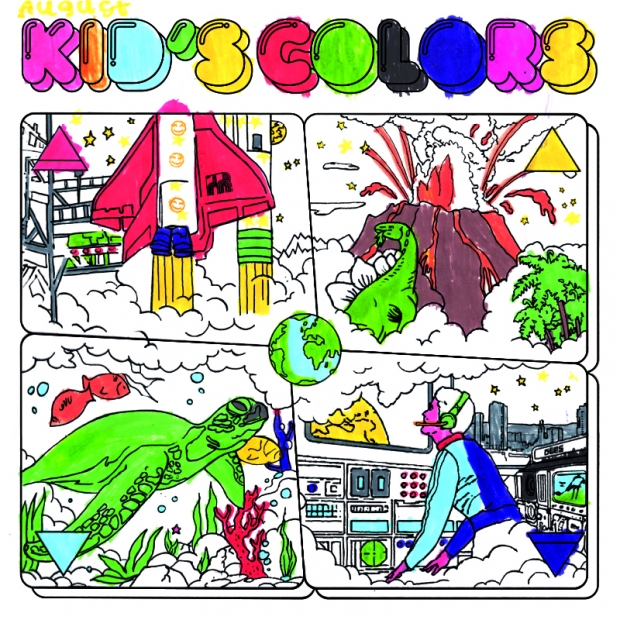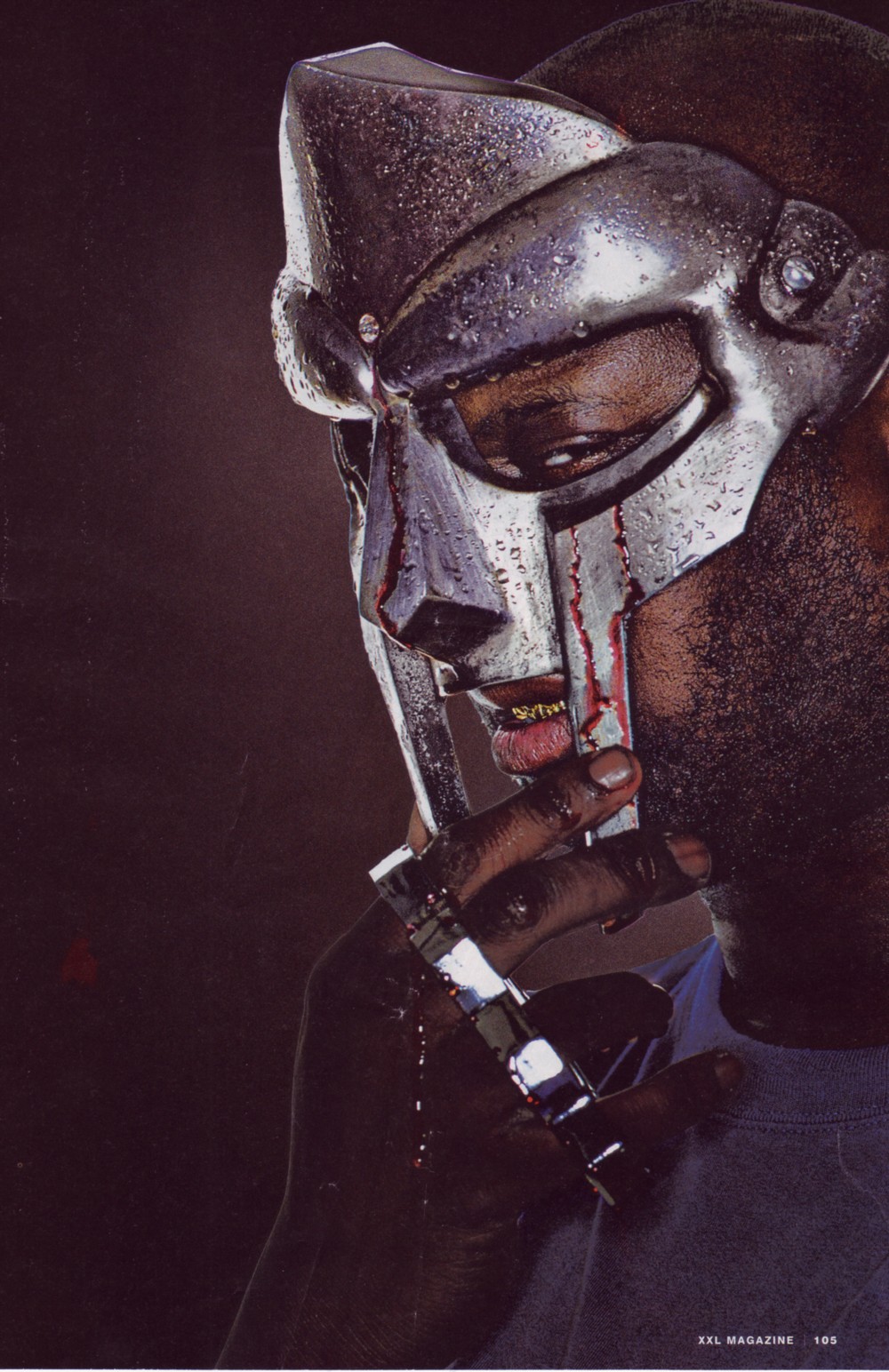Article: Beauty by Beatmakers

“Instrumental hip hop sucks. Ban it forever.” SF Weekly editor Philip Mlynar doesn’t fear the use of hyperbole to express why his eardrums shiver when he listens to instrumental hip hop. It’s “the banal meandering stepchild of hip hop”; “sample-based Chinese water-torture”.
“Instrumental hip hop sucks. Ban it forever.” SF Weekly editor Philip Mlynar doesn’t fear the use of hyperbole to express why his eardrums shiver when he listens to instrumental hip hop. It’s “the banal meandering stepchild of hip hop”; “sample-based Chinese water-torture.” For many of our readers that’s musical blasphemy. Same to us, because for this “snooze-inducing form of music” you can wake us up any time.
Within the past two decades, producers have unchained themselves from the redundant stereotype that they exist solely to make beats for rappers. Throughout time producers evolved from ‘blue-collar workers for rappers’ to independent crate-digging composers. Producers such as DJ Krush and DJ Shadow paved the way for stand-alone instrumentals with the rise of trip-hop in the mid-90s. A slow evolution followed that period up until masterminds like Nujabes and Madlib showed that producers no longer need rappers to shine. They’ve shown that a beat is not dependent on rap. The seed of the repetitive 16-bar structure of a beat has grown and flourished in to a brand new prosperous branch of hip hop culture: instrumental hip hop.
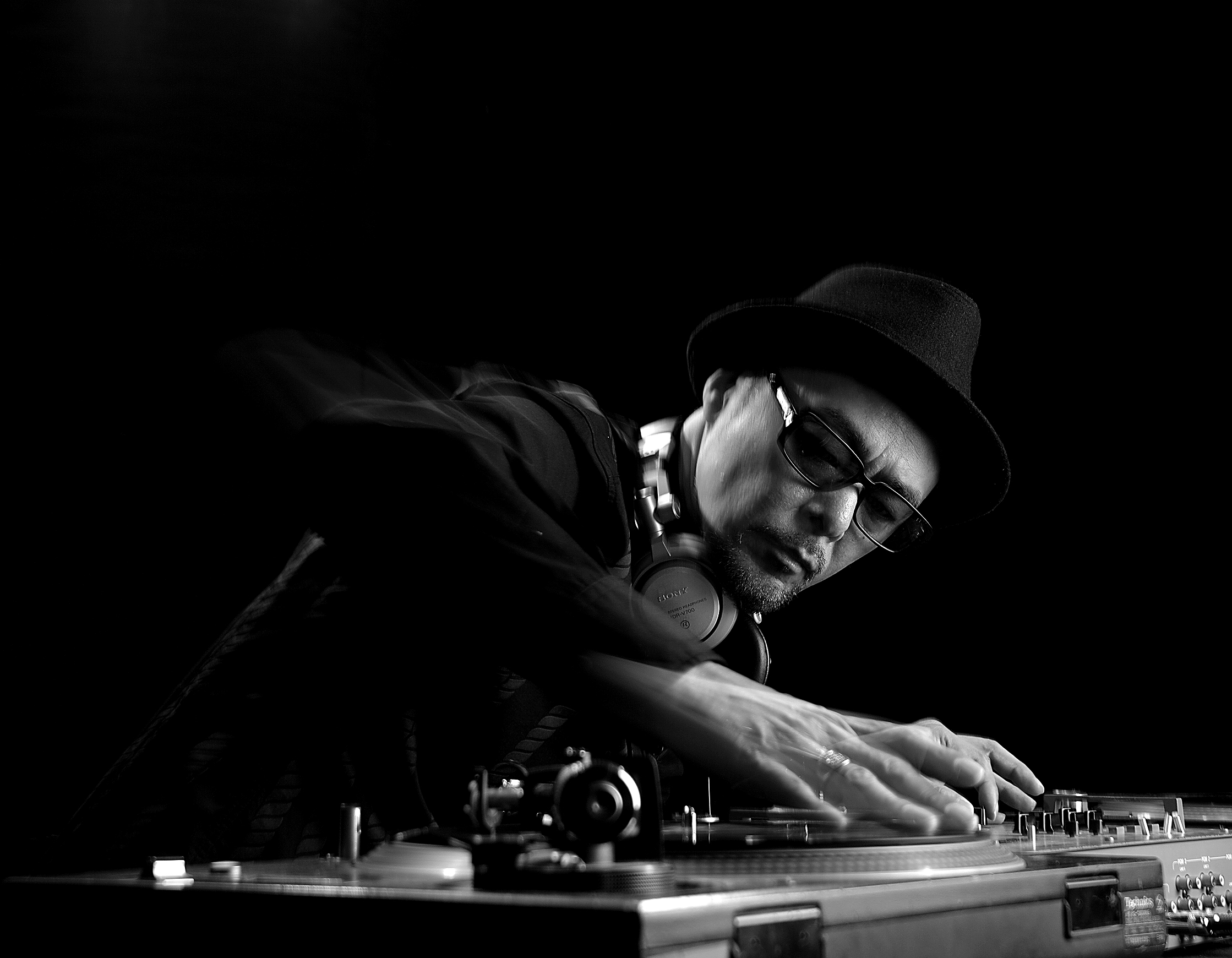
Though instrumental versions of hip hop albums have existed since the inception of hip hop, the phenomenon of ‘instrumental hip hop’ goes much further than tracks without an emcee. The chemistry between rapper and producer doesn’t allow much space for playful innovation and thorough compositions. Most of the time it’s just a traditional polished structure assisting the emcee’s complete lyrical freedom, thus of course there is something “lacking” on an instrumental re-release. Most likely nobody would prefer Deltron 3030’s debut as only instrumentals and without Del’s fictitious personification of Deltron Zero. And who would rather hear Mos Def’s Black On Both Sides without Yasiin’s trademark nasal voice?
After all, beats are inferior to raps ever since the foundation of hip hop. When it comes to “beats without rappers”, instrumentals designed for rap are indeed expendable like pickles on a Whopper burger, the extra layer of syncopated rhyming flow over the beat is what brings out the full flavour and style of a rap beat. Hip hop instrumentals crafted without a rapper in mind however, are a different matter altogether.
Instrumental hip hop is a growing and maturing subgenre with a progressive and dynamic personality. Q-Tip described the traditional structure of a beat in We Can Get Down with “Kick, snare, kicks and hi-hat”, but instrumental hip hop diverges from that repetitive nature. No rigid structure is needed to allow an emcee sharing the track and instead endless diversity is embraced such as is endorsed by Melting Pot Music’s beatmaker series Hi-Hat Club. The Q4’s Split Personality Part II is a good example of compositions reminiscent of the artistic freedom of hip hop’s ‘big brother’ jazz as well as multilayered soundscapes like Endtroducing in its entirety; an album so complex that up till now, no emcee has ever managed to properly rap over it.
These projects feature samples that aren’t scantly looped such as on the overrated Otis beat by Kanye West, but show sampling used like an analogue palette full of new sounds, chopped and cut so you can’t even recognize them, sometimes resulting in deep emotions like Emancipator’s Soon It Will Be Cold Enough – not a single emcee was needed to express those feelings. Live instrumentation can give tracks a warm and rich analogue sound in times full of plastic cookie cutter beats subordinate to rappers. Throughout the years maestros like ediT, Prefuse73, Flying Lotus, and DJ Cam widened instrumental hip hop to freely master it in their very own eclectic styles. The possibilities for development are endless and there’s still a clear path forward for further progression.
Nowadays instrumental hip hop is the fruitful musical fertilizer for eclectic experiments, with the current so-called “glitch-hop” trend and Japanese beat scene as prime examples. Producers no longer need rappers to make art.
Platforms like Bandcamp and Soundcloud assist producers to stand on one’s own legs. In this day and age everyone with a Bandcamp account and a cracked version of Propellerhead’s Reason can be a producer. This definitely leads to quantity, but unfortunately indeed not always to quality. Some releases sound like generic drums with a poor melody. Fingers meaninglessly tap-dancing on MPCs. Soul- and piano samples easily looped, but lacking soul and originality. Just like in any (sub)genre, noteworthy digital releases are overshadowed by a pile of second-rate bedroom beats, but it’s ignorant to generalize and ignore the quality covered by quantity.
There’s no need to ban instrumental hip hop based on personal fallacies. While most instrumental versions of rap albums are indeed “snooze-inducing”, the glory of instrumental hip hop as a subgenre can be found by separating the wheat from the chaff. Let’s embrace that ever-growing beauty concocted by beatmakers and let sample connoisseurs strive towards independent progression.
